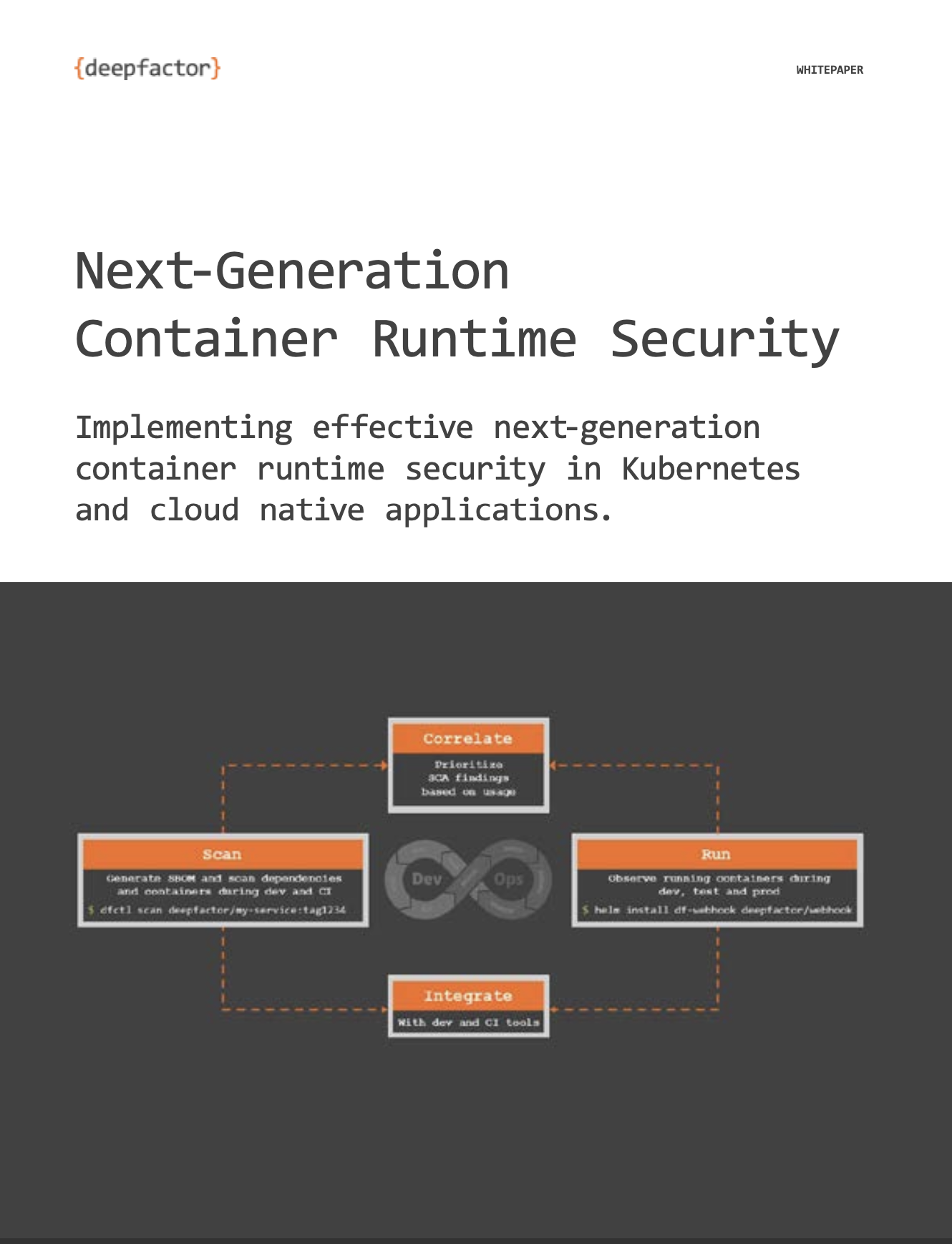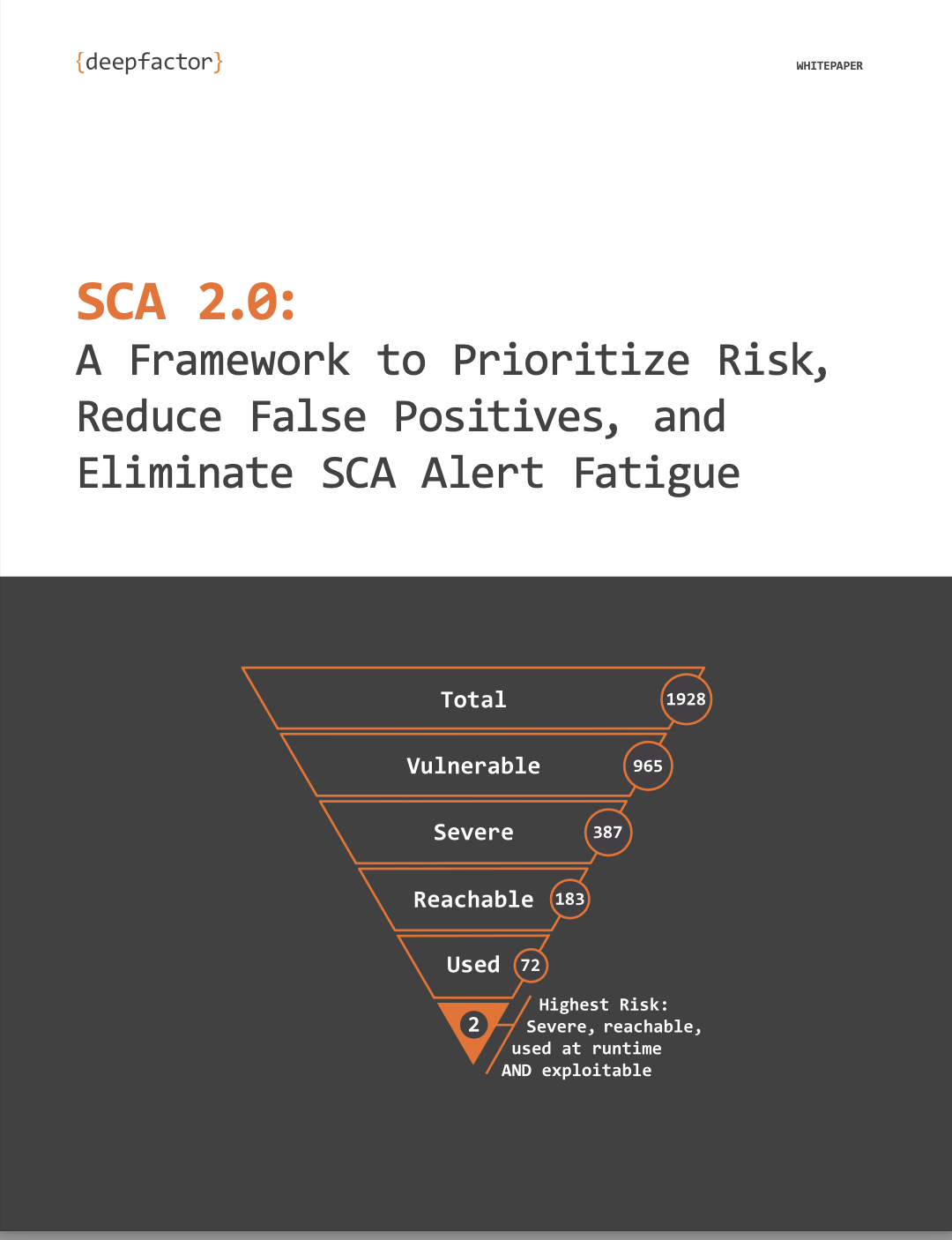What is Web Application Security
Web application security involves measures and practices to protect web applications from cyber threats and vulnerabilities. As web applications become integral to business operations, securing these applications is critical to safeguard users’ sensitive information from potential threats. Web application security encompasses a range of strategies and technologies designed to prevent unauthorized access, data breaches, fraud, and other malicious activities. Effective web application security ensures the confidentiality, integrity, and availability of data, helping to protect against significant financial and reputational damage.
Importance of Web Application Security
In today’s digital age, web applications are crucial for providing services and conducting transactions. This widespread use makes them prime targets for cyber attackers. Protecting web applications is essential to prevent data breaches that can expose sensitive user information, including personal and financial data. Security breaches can result in significant financial losses and damage an organization’s reputation, leading to loss of customer trust and potential legal consequences. Ensuring robust web application security helps prevent these outcomes, safeguarding both the organization and its users.
Common Web Application Security Threats
Overview of Common Threats
Web applications face various security threats, with some of the most common being SQL injection and cross-site scripting (XSS). These threats exploit vulnerabilities within web applications to gain unauthorized access to data or manipulate application behavior. SQL injection involves inserting malicious SQL code into a query, allowing attackers to manipulate the database. This can lead to unauthorized access to sensitive information, data modification, or administrative operations. Cross-site scripting (XSS) occurs when an attacker injects malicious scripts into content that is executed by users’ browsers. This can result in data theft, session hijacking, or defacement of web pages.
Exploitation of Vulnerabilities
SQL injection remains one of the most dangerous attacks due to its potential impact and ease of execution. Attackers use SQL injection to bypass authentication, retrieve confidential data, and execute commands on the server, leading to significant breaches and compromising vast amounts of sensitive data. XSS exploits the trust users place in a particular website. By injecting malicious scripts, attackers can steal cookies, session tokens, and other sensitive information or perform actions on behalf of the user. Other notable threats include cross-site request forgery (CSRF), which tricks users into performing unintended actions, and remote code execution (RCE), where attackers execute arbitrary code on a server. These threats highlight the necessity of implementing robust security practices to mitigate risks.
Best Practices for Web Application Security
Key Best Practices
Implementing best practices is essential for enhancing web application security. Key practices include input validation and parameterized queries. Input validation ensures that user input is properly checked and sanitized before being processed by the application, preventing malicious data from causing harm. Parameterized queries protect against SQL injection by separating SQL code from data, ensuring user inputs are treated as data rather than executable code. These practices significantly reduce security vulnerabilities and improve the overall security posture of web applications.
Applying Best Practices
Developers should adopt secure coding standards, conduct regular code reviews, and stay updated with the latest security trends and vulnerabilities. Strong authentication and access control mechanisms are also crucial. Implementing multi-factor authentication (MFA) adds an extra layer of security, ensuring that compromised credentials do not lead to unauthorized access. Access control policies should enforce the principle of least privilege, granting users only the permissions necessary for their tasks. Regularly auditing and monitoring access controls can help detect and prevent unauthorized access.
Another crucial practice is using secure communication channels. Encrypting data in transit using protocols like HTTPS ensures that sensitive information is protected from interception and eavesdropping. Data at rest should also be encrypted to protect it from unauthorized access, especially in the event of a breach.
Web Application Security Technologies
Overview of Security Technologies
Various technologies can bolster web application security, including firewalls and intrusion detection systems. Web application firewalls (WAFs) filter and monitor HTTP traffic between a web application and the Internet, blocking malicious traffic and protecting against common attacks like SQL injection and XSS. Intrusion detection systems (IDS) monitor network traffic for suspicious activity and potential threats, alerting administrators to possible security incidents. Implementing these technologies helps protect web applications from a wide range of security threats.
Using Security Technologies
Encryption technologies are vital in protecting sensitive information from unauthorized access. Security information and event management (SIEM) systems collect and analyze log data from various sources within the network, providing real-time insights into security events. This centralized approach enables organizations to detect and respond to threats more effectively, enhancing their overall security posture. Content security policies (CSP) mitigate the risk of XSS attacks by specifying which resources are allowed to be loaded and executed by the browser. Implementing a robust CSP can prevent malicious scripts from being executed, thereby protecting users from potential harm.
Web Application Security Testing
Types of Security Testing
Effective security testing is critical in identifying and addressing vulnerabilities in web applications. Different types of testing methods, such as vulnerability scanning and penetration testing, play a vital role in this process. Vulnerability scanning involves automated tools that identify known vulnerabilities in web applications by checking for common issues like outdated software, misconfigurations, and exposed sensitive data. Penetration testing simulates real-world attacks to identify and exploit vulnerabilities, providing a comprehensive assessment of an application’s security. Regularly conducting these tests allows organizations to proactively identify and remediate security issues, ensuring their web applications remain secure.
Using Testing Methods
Static application security testing (SAST) and dynamic application security testing (DAST) are also essential components of a comprehensive security testing strategy. SAST analyzes the application’s source code to identify vulnerabilities early in the development process, while DAST tests the application in its running state to uncover vulnerabilities that may not be visible in the code. Both testing methods are complementary and should be used together to provide a thorough evaluation of the application’s security. Conducting regular security assessments and audits can help organizations stay ahead of emerging threats and ensure compliance with industry standards and regulations. Security assessments involve a detailed review of the application’s architecture, code, and configuration to identify potential weaknesses. Audits verify that security controls are effectively implemented and maintained.
Challenges and Limitations of Web Application Security
Challenges in Implementation
Despite the availability of advanced technologies and best practices, implementing effective web application security remains challenging. One of the primary challenges is keeping up with the ever-evolving threat landscape, as attackers continually develop new techniques to exploit vulnerabilities. Additionally, the complexity of modern web applications, which often integrate multiple third-party components and services, increases the difficulty of ensuring comprehensive security. Limitations of current security technologies and testing methods also pose challenges. For example, automated vulnerability scanners may not detect all vulnerabilities, and penetration testing can be time-consuming and resource-intensive. Furthermore, achieving a balance between security and user experience is often challenging, as stringent security measures can sometimes impact application performance and usability.
Limitations of Current Technologies
Ensuring the security of third-party components and libraries is another significant challenge. Many web applications rely on open-source software and third-party libraries, which can introduce vulnerabilities if not properly managed. Regularly updating and patching these components is essential to mitigate risks, but it can be difficult to track and manage dependencies across a large codebase. Human factors also play a critical role in web application security. Developers and administrators must be trained in secure coding and security best practices to avoid introducing vulnerabilities. However, the fast-paced nature of software development can sometimes lead to shortcuts and mistakes, increasing the risk of security issues.
Conclusion
In conclusion, web application security is a critical aspect of protecting users’ sensitive information and maintaining the integrity of online services. As cyber threats continue to evolve, it is essential for organizations to prioritize web application security by implementing best practices, leveraging advanced security technologies, and conducting regular security testing. The future outlook for web application security emphasizes the need for continuous improvement and adaptation to new threats. Organizations must remain vigilant and proactive in their security efforts, ensuring that web application security remains a critical area of focus. By doing so, they can protect their applications and users from potential security breaches and maintain trust in their digital services.
FAQs
What are the most common threats to web application security?
Common threats include SQL injection, which inserts malicious SQL code to manipulate databases, and cross-site scripting (XSS), where attackers inject scripts into web content executed by user browsers. Other threats are cross-site request forgery (CSRF), tricking users into unintended actions, and remote code execution (RCE), where attackers execute arbitrary code on a server.
What are some best practices for enhancing web application security?
Best practices include input validation to sanitize user input and parameterized queries to prevent SQL injection. Use strong authentication and access control mechanisms, encrypt data in transit and at rest, conduct regular code reviews, adopt secure coding standards, and stay updated on the latest security trends and vulnerabilities.
How can web application security testing help identify and mitigate vulnerabilities?
Security testing includes vulnerability scanning to find known issues and penetration testing to simulate real-world attacks. Static application security testing (SAST) analyzes source code for vulnerabilities, while dynamic application security testing (DAST) tests the running application. Regular testing helps identify and fix security issues, ensuring compliance with industry standards.
Free Demo Signup
Experience the power and efficiency of the Deepfactor Application Security Platform through a live, interactive demo.
SIGN UP TODAY! >



